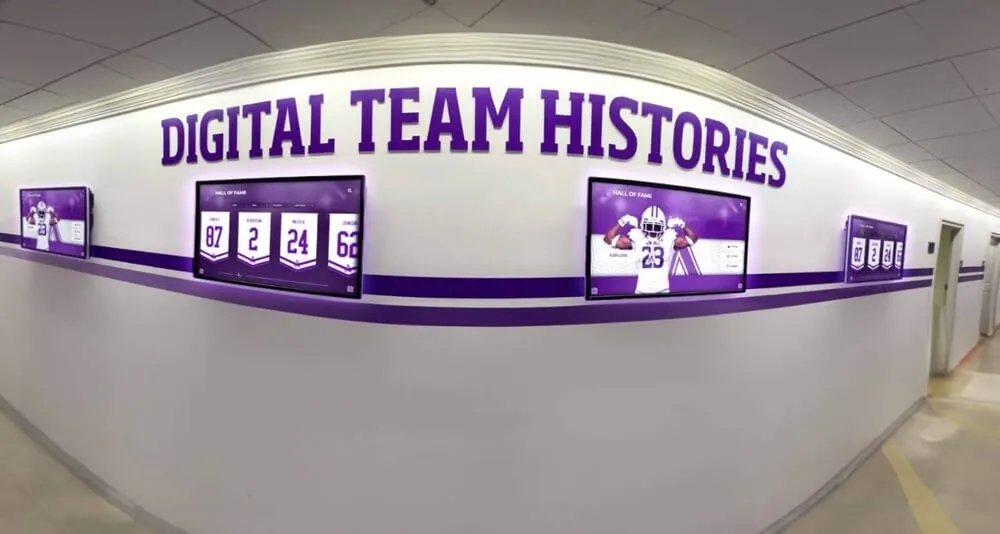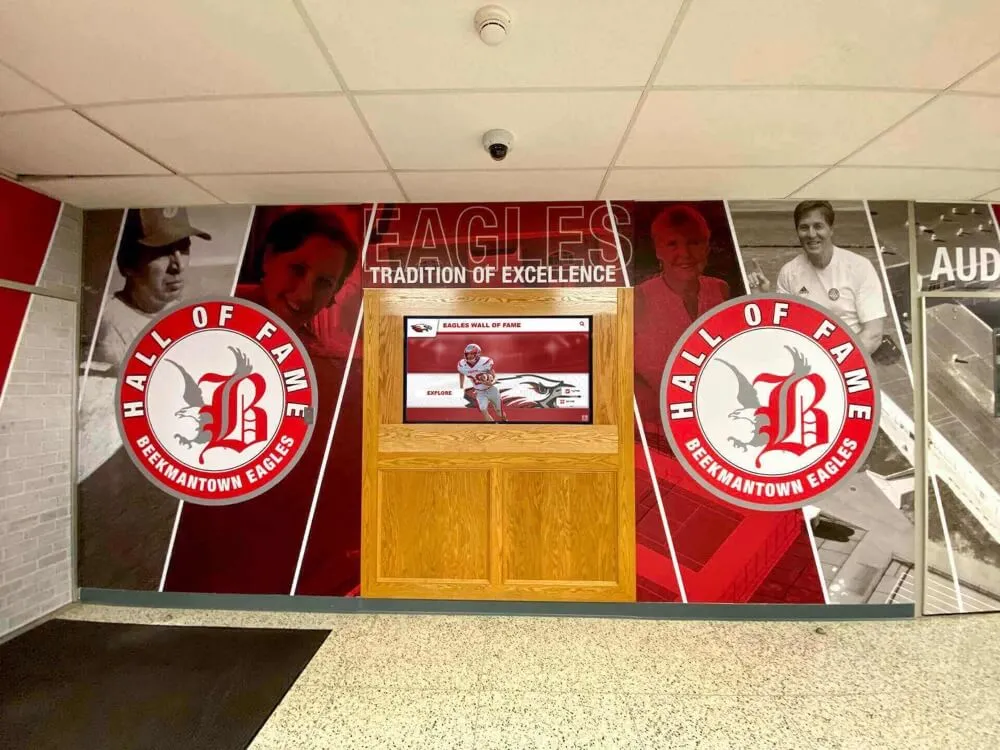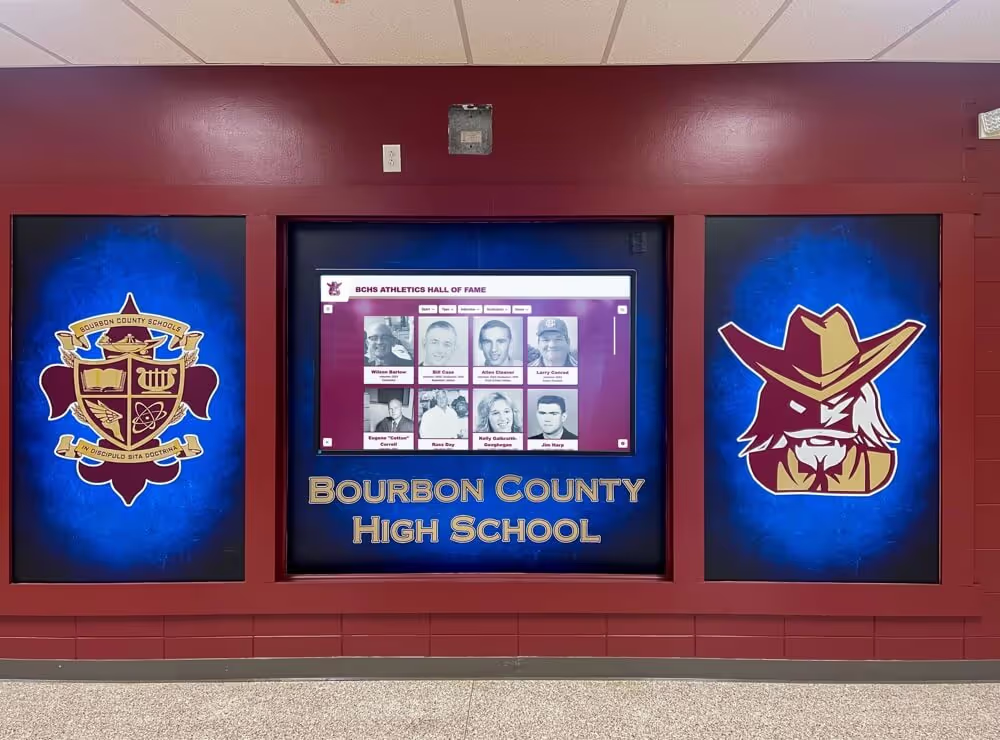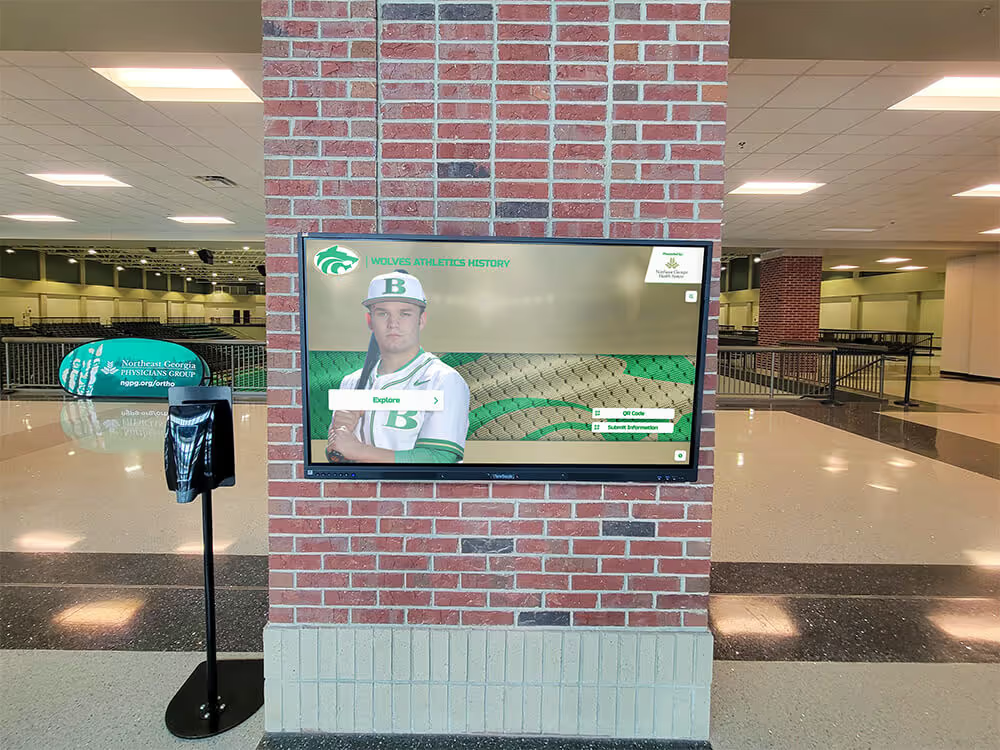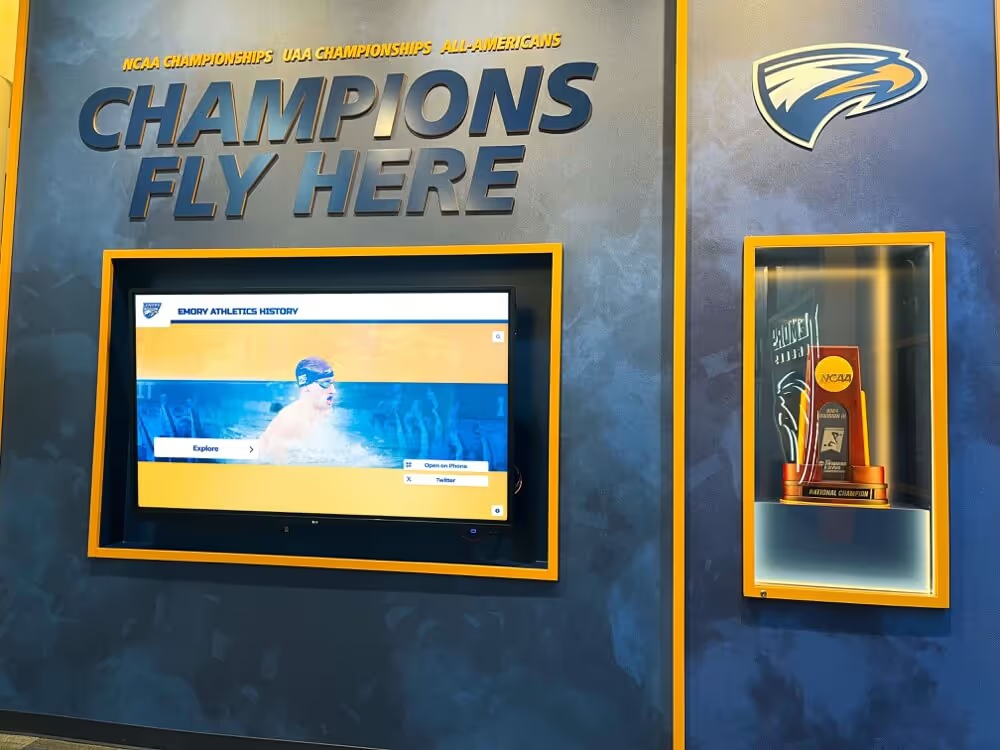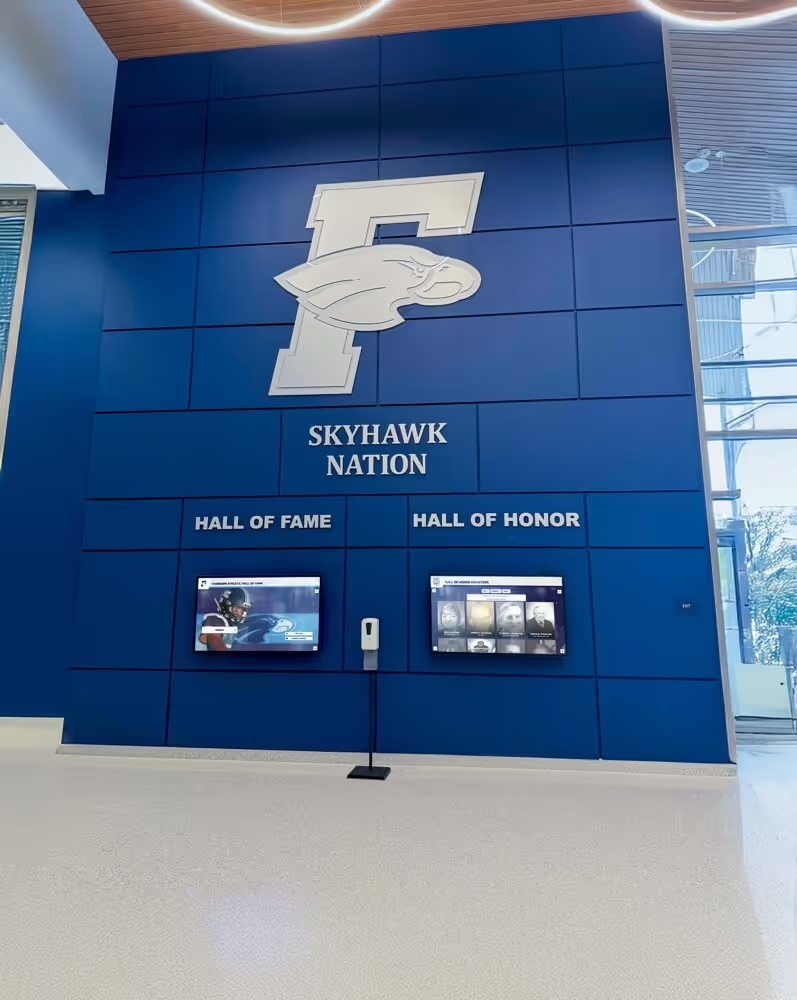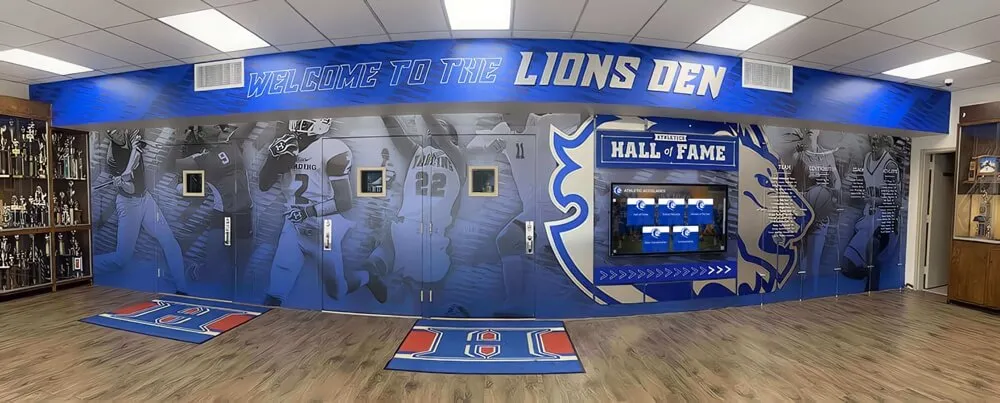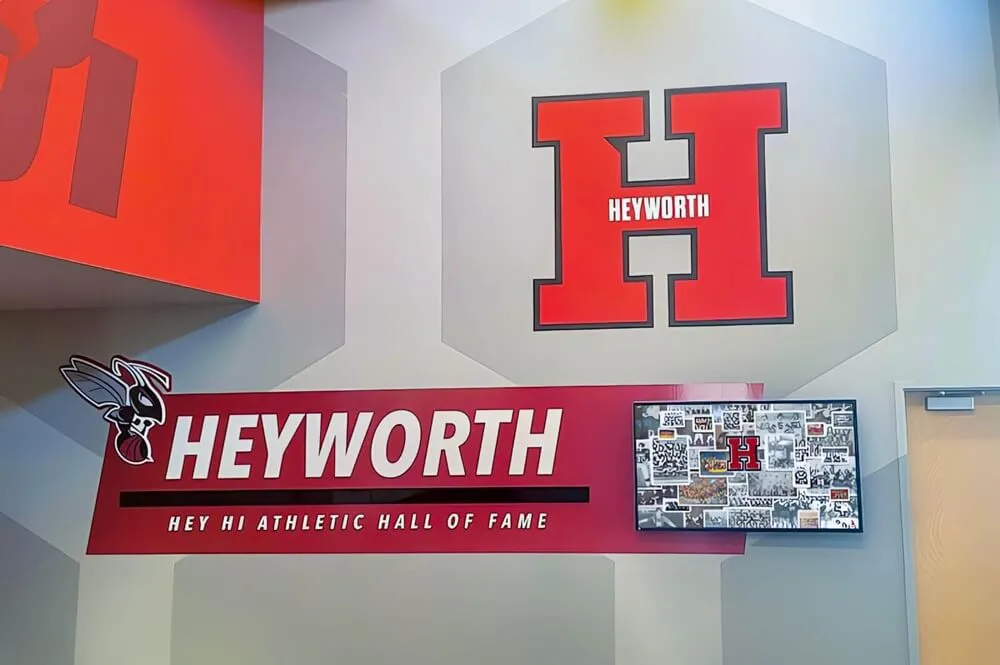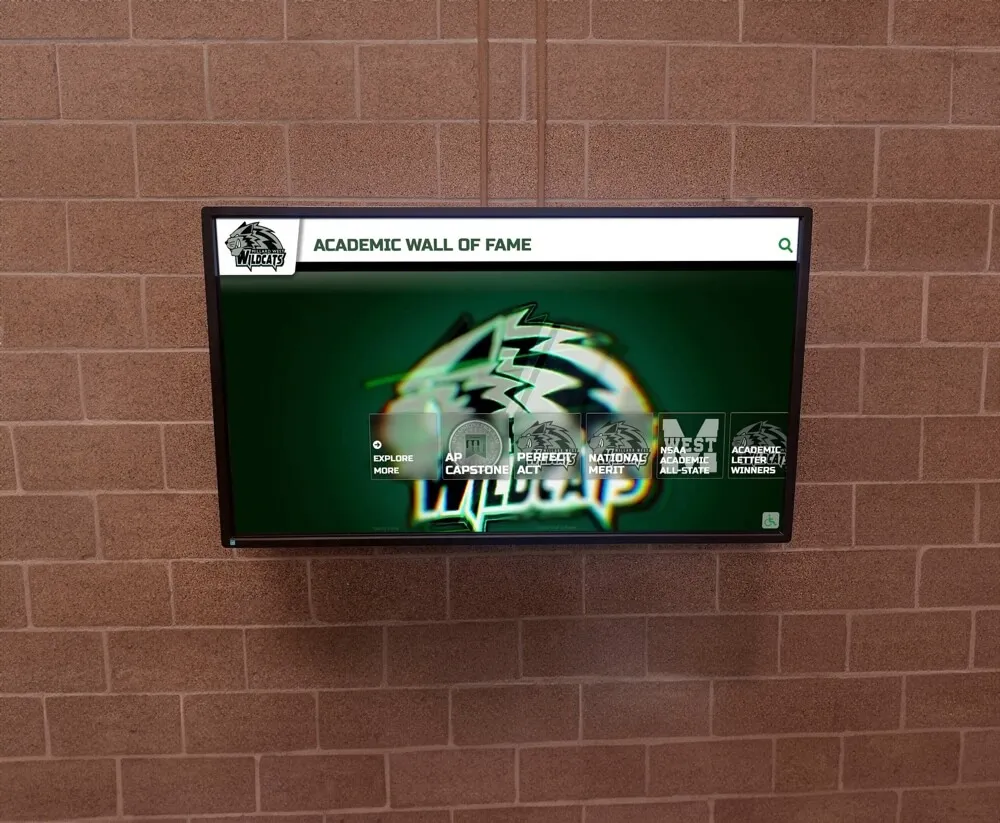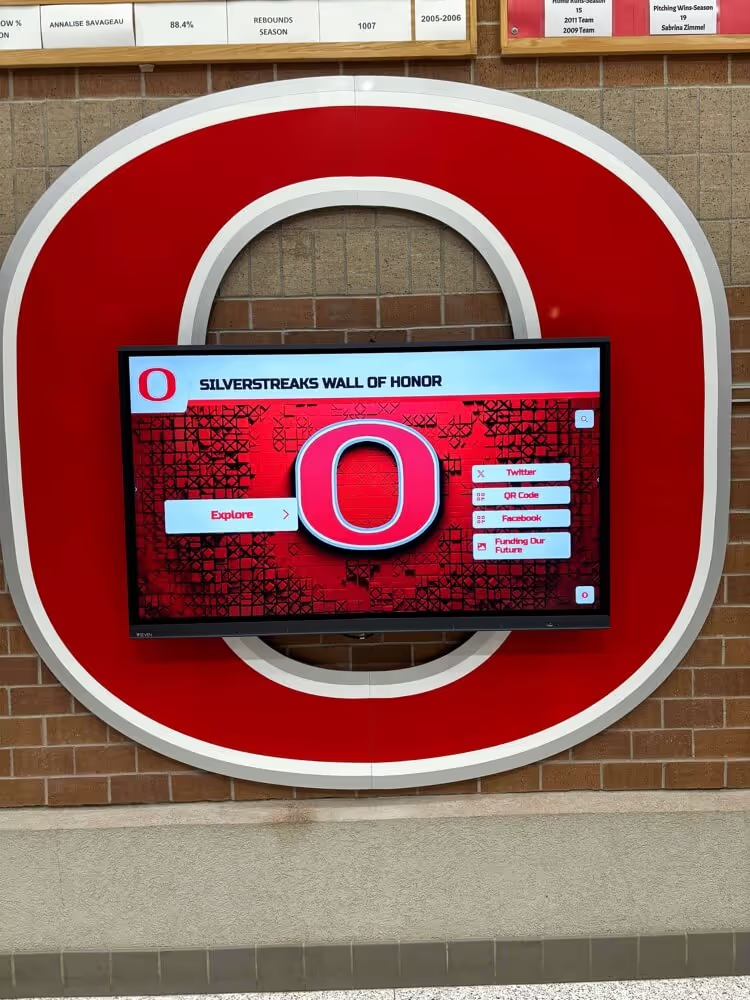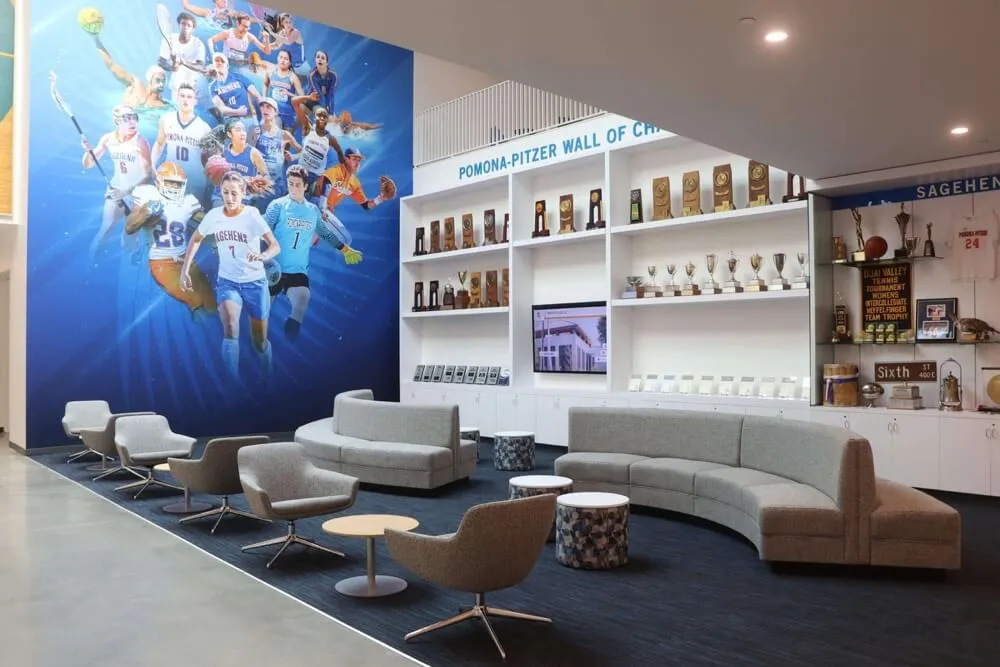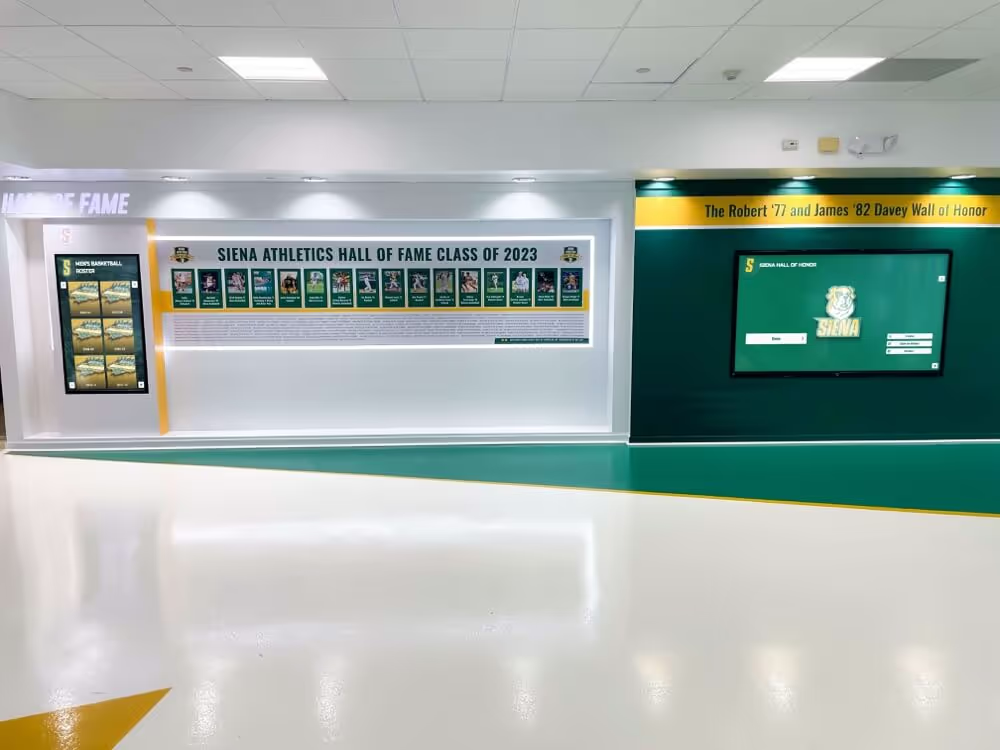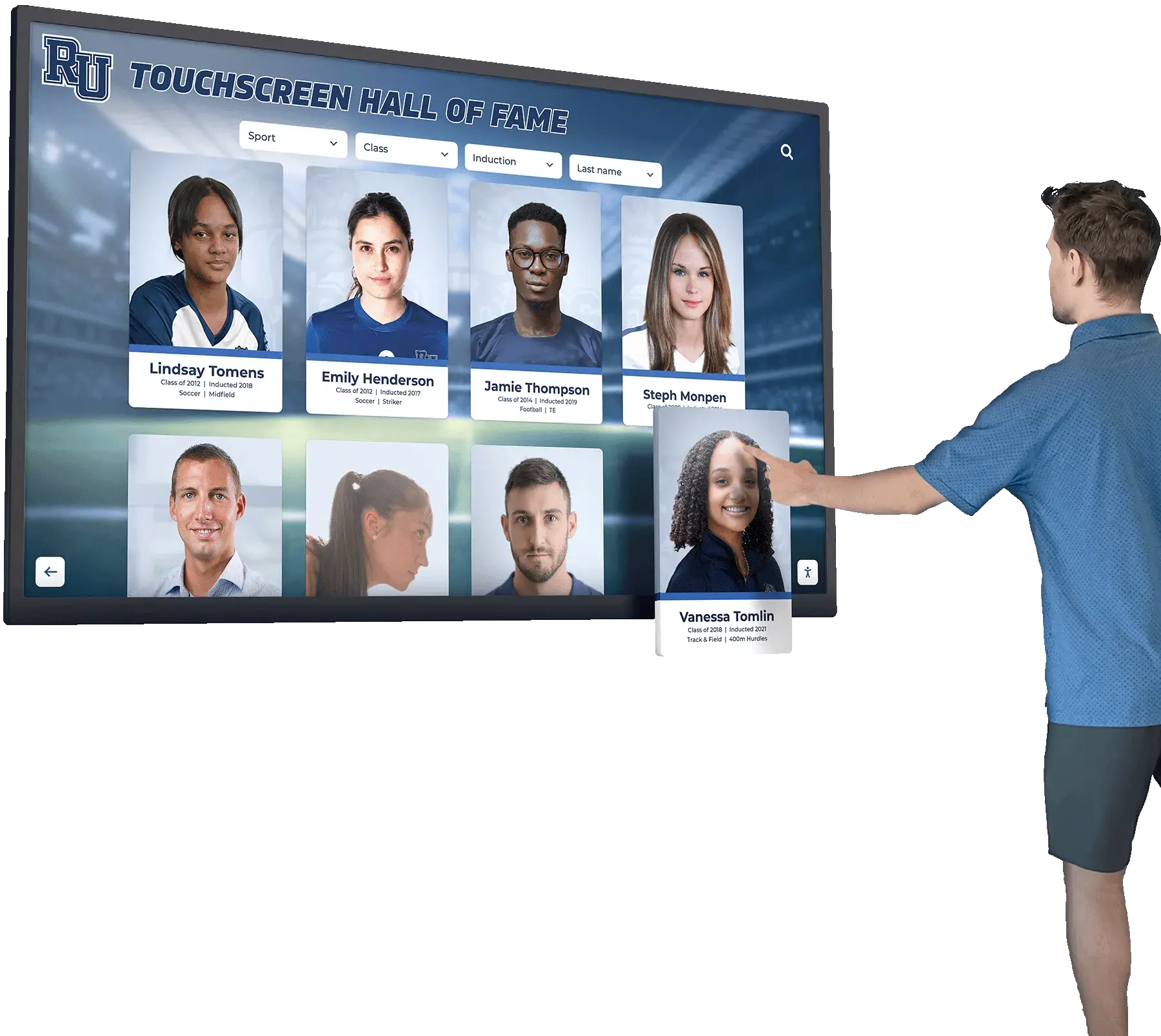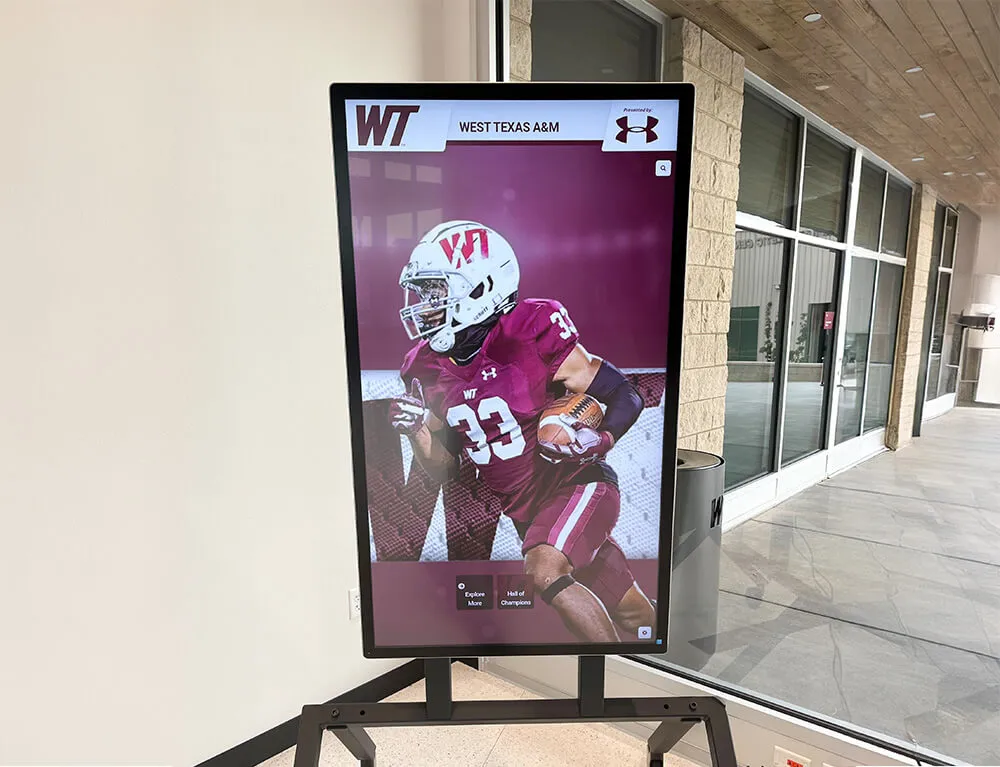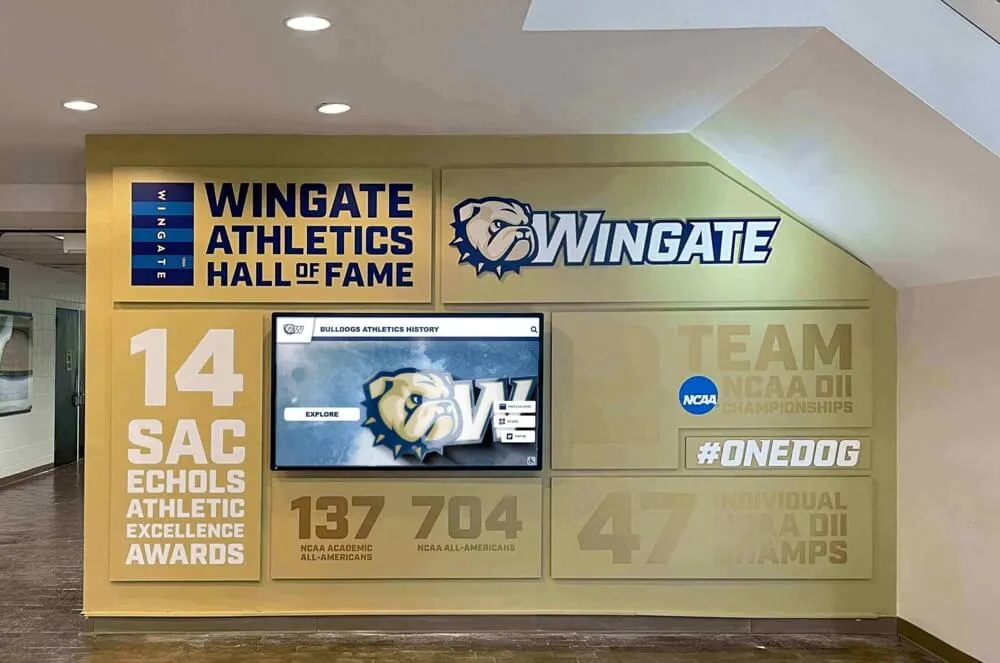Introduction: Why Kiosk Interactive Software Matters in 2025
Touchscreen kiosks have become essential for delivering self-service, personalization, and real-time information across industries. At the heart of every successful deployment is powerful kiosk interactive software— the layer that turns a simple screen into an engaging, revenue-driving experience.
In this comprehensive guide, we cover everything you need to know about kiosk interactive software for touchscreens, from must-have features to implementation best practices. Whether you’re upgrading an existing kiosk network or launching your first interactive display, you’ll find actionable insights to ensure a smooth rollout and maximum ROI.
Table of Contents
- What Is Kiosk Interactive Software?
- Key Benefits Over Traditional Interfaces
- Industry Use Cases
- Essential Features Checklist
- Hardware Considerations
- UX & Accessibility Best Practices
- Security & Compliance
- Integration Strategies
- Measuring Success: KPIs & Analytics
- Implementation Roadmap
- Future Trends & Emerging Tech
- Frequently Asked Questions
- Conclusion & Next Steps
1. What Is Kiosk Interactive Software?
Kiosk interactive software (sometimes called kiosk CMS or kiosk application software) is the platform that powers touchscreen kiosks, enabling users to navigate content, perform transactions, and access services without staff assistance. It combines a secure operating environment, intuitive user interface, content management tools, and cloud connectivity to deliver a seamless self-service experience.
Core Components
- User Interface (UI): Visual layout, navigation, and on-screen gestures
- Content Management System (CMS): Central dashboard for updating text, images, and videos
- Device Management: Remote monitoring, health checks, and firmware updates
- Security Layer: User session clearing, data encryption, and tamper protection
- Analytics Engine: Tracks interactions, dwell time, and conversion funnels
2. Key Benefits Over Traditional Interfaces
- Reduced Wait Times: Self-service transactions free staff for higher-value interactions.
- 24/7 Availability: Operates beyond business hours, boosting customer satisfaction.
- Consistent Branding: Standardized UI across all locations ensures brand integrity.
- Dynamic Content: Update promotions instantly, without printing costs.
- Data-Driven Decisions: Real-time analytics reveal usage patterns and optimization opportunities.
“Organizations that deploy interactive kiosks report up to a 40% reduction in queue times and a 25% increase in upsell revenue.” — Rocket Alumni Solutions Case Study, 2024
3. Industry Use Cases
Museums & Visitor Centers
Provide multilingual exhibit information, maps, and ticket purchases on immersive touchscreens.
Healthcare Facilities
Streamline check-in, wayfinding, and patient education while protecting sensitive data under HIPAA.
Retail & Shopping Malls
Enable product look-ups, endless-aisle browsing, and loyalty enrollment in a single interface.
Corporate Campuses & Lobbies
Automate visitor registration, badge printing, and company showcase videos.
Education & Universities
Display interactive campus maps, class schedules, and alumni achievements.
4. Essential Features Checklist
| Feature | Why It Matters |
|---|---|
| Intuitive Multi-Touch Gestures | Ensures effortless navigation for users of all ages |
| Offline Mode | Guarantees continuity if the internet connection drops |
| Remote Content Updates | Centralized control saves time and travel costs |
| Role-Based Access Control | Prevents unauthorized changes and safeguards data |
| ADA & WCAG Compliance | Makes kiosks accessible to users with disabilities |
| Real-Time Analytics | Measures engagement and informs content strategy |
| Hardware Agnosticism | Works on multiple screen sizes and OS versions |
| API Integrations | Connects to payment gateways, CRMs, and ticketing systems |
<div class="pro-tip bg-gray-100 p-4 rounded-lg my-6">
<strong>Pro Tip:</strong> Choose software that supports modular add-ons, so you can roll out new capabilities (QR code scanning, NFC payments, etc.) without rebuilding the entire application.
</div>
5. Hardware Considerations
While software drives the experience, hardware determines performance and durability.
- Screen Size & Orientation: Match content to user distance and interaction angles.
- Touch Technology: Capacitive offers smartphone-like responsiveness; infrared excels in outdoor or gloved environments.
- Processing Power: Ensure smooth video playback and multi-touch responsiveness.
- Enclosures & Mounts: Protect components from vandalism and environmental factors.
6. UX & Accessibility Best Practices
- Large Tap Targets: Minimum 48×48 px for finger precision.
- High-Contrast Themes: Aid users with visual impairments.
- Clear Navigation Trails: Use breadcrumbs and on-screen cues.
- Audio & Visual Feedback: Confirm actions to reduce user anxiety.
- Time-Out Handling: Automatically reset sessions to the attract loop after inactivity.
7. Security & Compliance
Interactive kiosks process personal data and often handle payments. Key safeguards include:
- TLS 1.3 Encryption for all data in transit
- PCI-DSS Compliance for credit card transactions
- Automatic Cache Clearing between sessions
- Whitelisted URLs & Drivers to block malicious code
- Physical Locks & Tamper Sensors on enclosures
8. Integration Strategies
Seamlessly connect your kiosk software to existing systems via RESTful APIs, WebSockets, or middleware connectors:
- CRM & Loyalty Platforms to personalize offers
- POS Systems for unified inventory and pricing
- Wayfinding Databases for real-time navigation updates
9. Measuring Success: KPIs & Analytics
Track metrics that align with your organizational goals:
- User Engagement Rate (UER): Interactions ÷ Attract-loop impressions
- Average Session Duration: Indicates content relevance
- Conversion Rate: Completed check-outs or form submissions
- Uptime Percentage: Reflects software reliability
10. Implementation Roadmap
- Define Objectives & KPIs
- Select Hardware & Software Vendors
- Design UX & Content Flow
- Prototype & User Test
- Deploy Pilot Kiosks
- Analyze Data & Optimize
- Scale Across Locations
11. Future Trends & Emerging Tech
- Gesture & Voice Control for touchless interaction
- AI-Driven Personalization based on user profiles
- 5G Connectivity enabling richer media in real time
- Augmented Reality (AR) Overlays for immersive storytelling
12. Frequently Asked Questions
How much does kiosk interactive software cost?
Pricing varies, but SaaS models typically range from $20 to $100 per kiosk per month, depending on feature set and support level.
Can I use my existing hardware?
Yes—Rocket Alumni Solutions supports Windows, Android, and Linux devices in multiple form factors.
What if the internet goes down?
Our offline-first architecture caches critical content locally to ensure uninterrupted service.
13. Conclusion & Next Steps
The right kiosk interactive software transforms a simple touchscreen into a powerful engagement tool that delights users and delivers measurable business value. By following the best practices outlined in this guide, you’ll be well on your way to deploying a future-proof solution.
Ready to elevate your visitor experience? Contact Rocket Alumni Solutions for a personalized demo and see why organizations worldwide trust our platform for their touchscreen kiosks.





